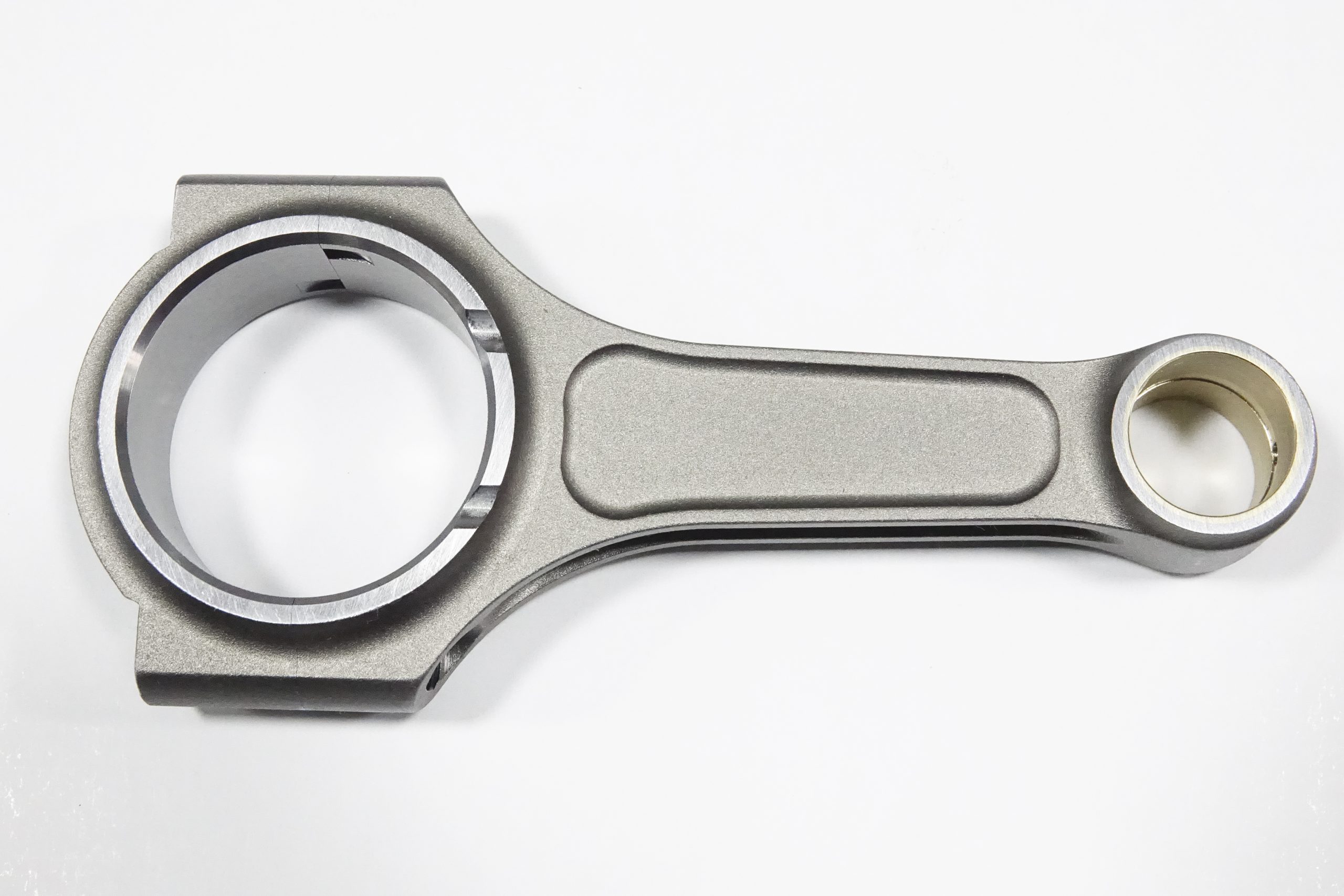A diagram connecting rod can be an invaluable tool for understanding the function and importance of this essential engine component. Connecting rods are critical in translating the linear motion of the piston into rotary motion, which drives the crankshaft and ultimately propels your vehicle. By studying a diagram connecting rod, you can gain a deeper understanding of how these components work together and the importance of proper maintenance and installation.
The anatomy of a connecting rod can be broken down into several key components. At one end of the rod, you’ll find the big end, which connects to the crankshaft via a bearing and a cap. The cap is secured to the rod using bolts, which must be torqued to the manufacturer’s specifications to ensure a secure connection. At the other end of the rod, you’ll find the small end, which connects to the piston via a wrist pin.
One critical aspect of a connecting rod’s design is its length and shape. The length of the rod, measured from the center of the big end to the center of the small end, directly influences the engine’s stroke and overall performance. Different engine applications may require varying rod lengths, and understanding the relationship between rod length, stroke, and performance can be vital in building a high-performing engine.
The shape of the connecting rod also plays a significant role in its performance and durability. Common rod designs include the I-beam and the H-beam, each offering its own advantages. The I-beam design is lightweight and offers excellent resistance to bending forces, while the H-beam design provides increased strength and rigidity, making it ideal for high-horsepower applications.
Material selection is another crucial aspect of connecting rod design. A diagram connecting rod can help you visualize the differences between various materials, such as cast iron, forged steel, and advanced alloys. Each material offers its own unique blend of strength, weight, and durability, making it essential to choose the right one for your specific engine application.
Finally, a diagram connecting rod can help you understand the importance of proper installation and maintenance. Ensuring that the connecting rod is installed correctly, with the correct torque on the bolts and adequate lubrication, is vital to the longevity and performance of your engine. Additionally, regular inspections and maintenance can help identify potential issues before they lead to catastrophic engine failure.
In summary, a diagram connecting rod can provide valuable insight into the function, design, and importance of this critical engine component. By studying a connecting rod diagram, you can make informed decisions about your engine build, ensure proper installation, and maintain peak performance for the life of your vehicle.